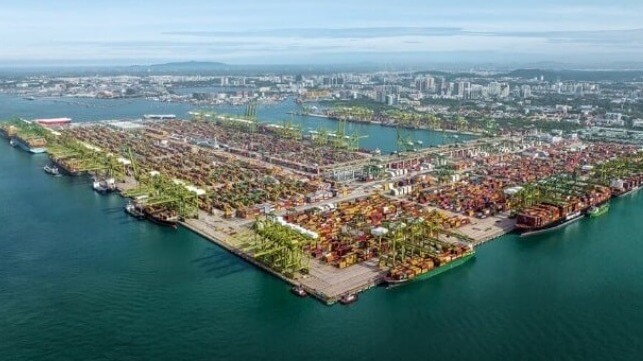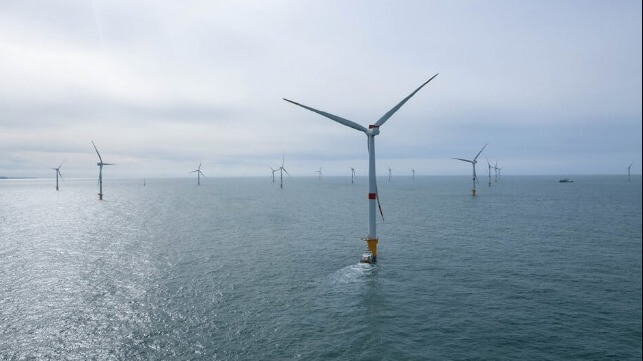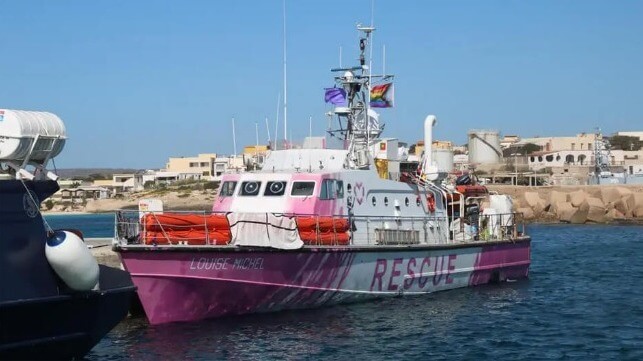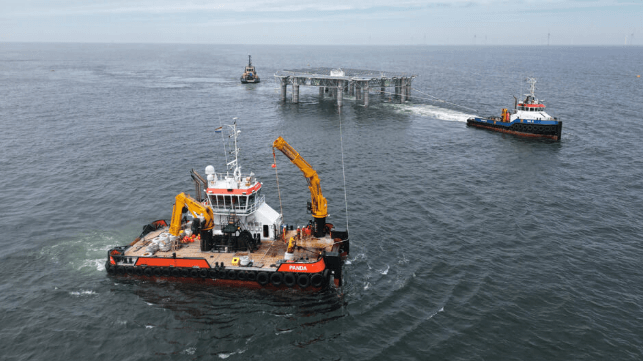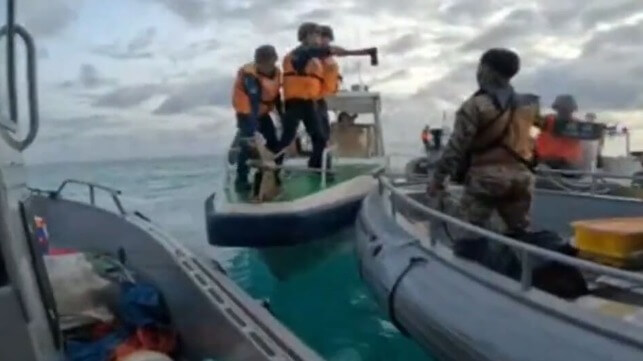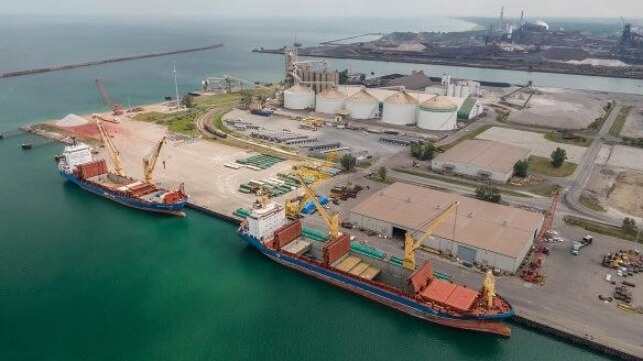Realism and Ipse Dixit

In a 3 July interview, judge Andrew Napolitano asked the University of Chicago political scientist, John Mearsheimer: “Why would the United States be putting missiles in the Philippines but to be provocative toward China?”
Mearsheimer: “I don’t think that the United States is trying to be provocative. I think what the United States is interested to do, doing is improving its deterrence capability in East Asia. The fact is that if you put the United States up against China in East Asia, and if you include the United States’ allies with the United States, right, you are up against a very formidable adversary. China is effectively a giant aircraft carrier. It has thousands and thousands of missiles, and the United States feels that it is at something of a disadvantage, and for that reason it is increasing its missile capability and other capabilities in Asia as well.”
If China were to put missiles in Cuba and Mexico, then that is not provocative? The US should have no problem because China is only improving its deterrence, yes? What is good for the goose is also good for the gander, no?
And why does Mearsheimer resort to using US government propaganda by referring to China as an “adversary”? Does China call the US an adversary? Is China looking for confrontation with the US?
If China is “effectively a giant aircraft carrier,” then is not the US also effectively a giant aircraft carrier? It is obvious that Mearsheimer is taking a page from the US propaganda booklet on the threat of China, in this case a militaristic threat. Mearsheimer, however, avoids referring to China as a “threat.”
From the FBI website: “Chinese Government Poses ‘Broad and Unrelenting’ Threat to U.S. Critical Infrastructure, FBI Director Says.” The drumbeat is effective. According to a 2023 Pew Research Center survey, half of Americans name China as the US’s greatest threat.
The question raised by Mearsheimer and left unanswered is whether China is a militaristic adversary? China, for its part, publicly eschews militarism and seeks peaceful relations.
Mearsheimer: “We pushed the Russians and the Chinese closer together which makes no sense at all.”
Even if there were no United States, it is extremely rational for Russia and China to form a friendly and close relationship. They are neighbors. They are well suited to be trade partners. It is a win-win relationship that China and Russia seek from trading partners. No push was needed from the US, although US belligerence assuredly was another point in favor of a deepening Russia-China rapprochement.
Mearsheimer: I am one of a number of people who would defend Taiwan if China attacked it because I think Taiwan is of great strategic importance.
Isn’t the US aircraft carrier known as Israel considered of great strategic importance because of its location amid the Middle Eastern oil patch? Yet Mearsheimer says there is no geopolitical benefit from US support of Israel. In fact, the professor says Israel is an albatross around the US neck. What, then, is the great strategic importance Mearsheimer sees in Taiwan? It hardly seems sufficient to just state that his view is realist. In Mearsheimer’s mind moralism does not factor in.
The US has signed on to the One China Policy. Ergo, realistically, Taiwan is de jure a province of one China.
*****
When coming across analysis expressed by personalities, whether they be professors, news anchors, or lay persons consider how these persons support their views.
Ipse Dixit refers to the logical fallacy of making unsubstantiated assertions. It is arguably more difficult to substantiate one’s arguments in an interview, but to merely state that something is realist is hardly compelling, especially when that realism seems rooted in opinion. Question everything.
Kim Petersen is an independent writer. He can be emailed at: kimohp at gmail.com. Read other articles by Kim.
The Problems with Purism and Reformism (not reforms)
Over 20 years ago I wrote one of these columns examining the issue of “purism” versus “pragmatism” when it comes to organizing for systemic and desperately needed change in this world. I wrote about two essential ingredients that are sometimes in conflict.
One essential is conscious political organization motivated by principles and a genuine desire and plan for improving the lives of the disenfranchised and downtrodden, ending militarism and war, and stopping and reversing environmental devastation. But this alone won’t bring about change.
As a once-great revolutionary once said, “the masses make history.” It is only when large numbers of people identify with a movement for fundamental change and support it, verbally or actively, that we have any hope of winning political power and transforming society. In the USA that means not tens of thousands, or hundreds of thousands, or even millions, but tens of millions of people.
Is this possible? Yes. One big example is the 15 million votes independent socialist Bernie Sanders got in 2016. Another is the NY Times report that 16-25 million people all over the country took demonstrative action in the spring of 2021 after George Floyd was murdered.
We need to go about our organizing work in a way which doesn’t undercut either, which avoids the temptation to be so committed to being principled that one becomes purist and narrow, on the one hand, or to be so committed to being with and interacting with “the masses” that problematic positions are taken and political relationships are built that end up deflecting energies into reformist and dead-end approaches to change. We need reforms, yes, but our broader objective must be to build upon successful struggles for major reforms in a way that leads to truly revolutionary, justice-grounded, social and economic transformation.
Purism versus reformism—the twin dangers of serious efforts to bring about the kind of change that is so, so needed today.
What can be done to lessen these dangers, to increase the possibilities that more of us will keep our eyes, minds and hearts on the prize?
One is the building of independent and progressive organizations that are truly democratic in the fullest sense of the term. As difficult as the process of democracy sometimes is, it is also a way to keep the group as a whole and the individuals within it centered on the stated objectives. Democratic process, sooner or later, frustrates individual power plays on the part of any person in leadership who lets power go to his/her/their head and who becomes either purist or reformist as a result. These things have happened much too much historically, but in this third decade of the 21st century, there is a growing consciousness of this danger increasingly expressed in how more and more of us are going about our organization-building.
Another necessity is an explicit commitment to the testing out of theories and ideas in practice and a process of constant evaluation based upon input from the people the ideas are being tried out on. If an independent candidate is running for office, for example, and has what they think is a great platform but the vote totals are very low, perhaps the problem is that the issues being addressed, or the way they’re being expressed, don’t connect with peoples’ understandings. Since just about any issue can be addressed from a progressive standpoint, a much better approach is to identify what the issues are to speak about because of day-to-day listening to and communicating with working-class people and people of the global majority.
The same with forms of direct action. It may feel good and righteous to some to stand up to the police during an action, but if that is done in a way which makes it easier for the government and the corporate-dominated press to call us violent, that will not generate sympathy for our cause among the wider public. Expressing our sense of urgency and anger is a good thing, if done wisely. Expressing it without political consideration of an action’s impacts is not a good thing.
Ultimately, our ability as a movement to navigate between the dangers of purism and reformism comes down to how each of us live our lives. Do we live in such a way that, on a day to day basis, we are in touch with working class people, regular folks, those in need of change? Do those of us who are white ensure that, in some way, we have regular communication and interaction with people of color so that we are constantly reminded about racism and its pernicious effects? Do we make time for meditation, allow our conscience to make itself heard over the daily demands on our time and energies? Do we interact with others in a way which prioritizes listening and objective consideration? Do we struggle to keep from responding defensively when others make constructive, or not so constructive, criticisms of us?
In the words of the late Rev. Paul Mayer, “What history is calling for is nothing less than the creation of a new human being. We must literally reinvent ourselves through the alchemy of the Spirit or perish. We are being divinely summoned to climb another rung on the evolutionary ladder, to another level of human consciousness.”
Ted Glick works with Beyond Extreme Energy and is president of 350NJ-Rockland. Past writings and other information, including about Burglar for Peace and 21st Century Revolution, two books published by him in 2020 and 2021, can be found at https://tedglick.com. He can be followed on Twitter at twitter.com/jtglick. Read other articles by Ted.


